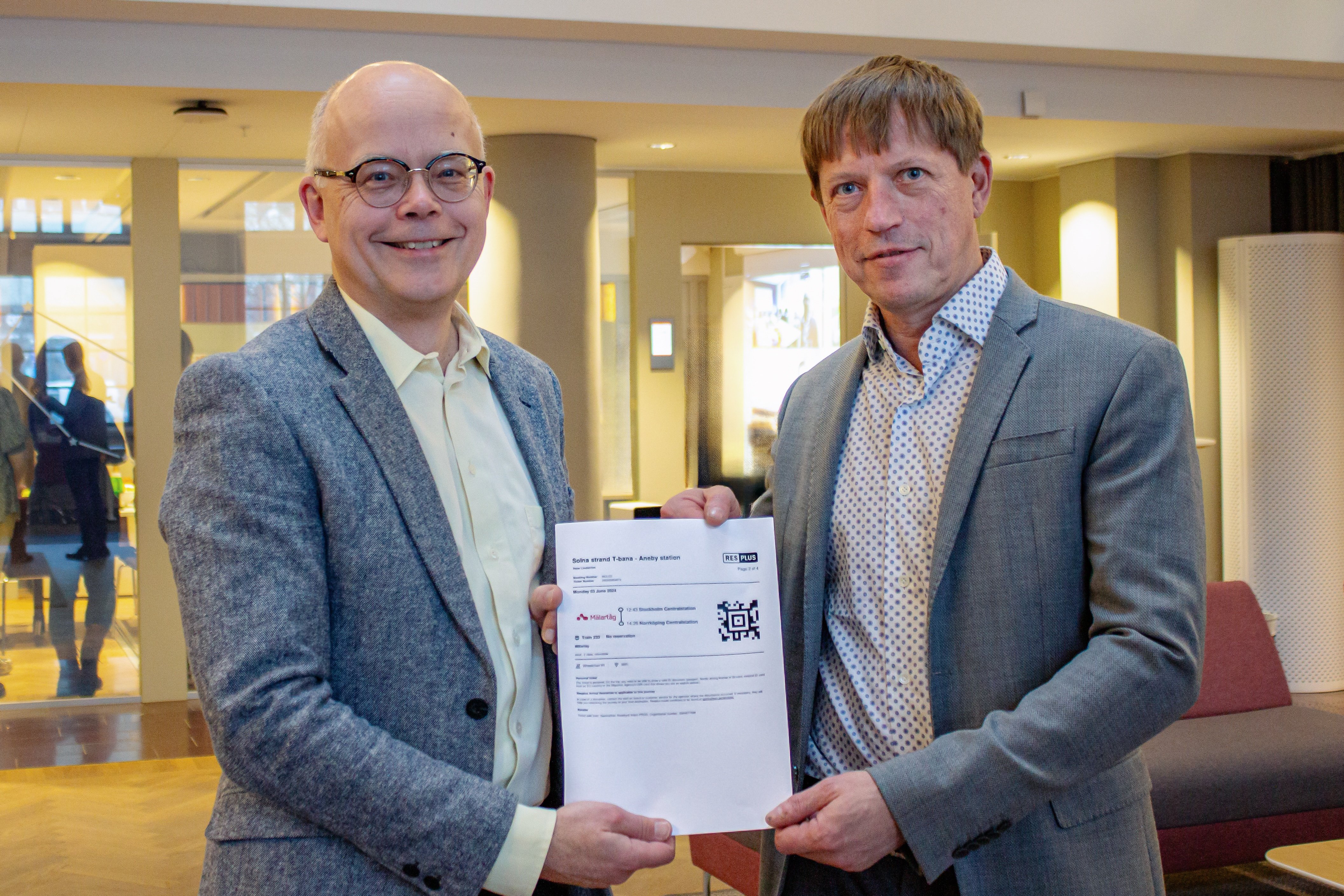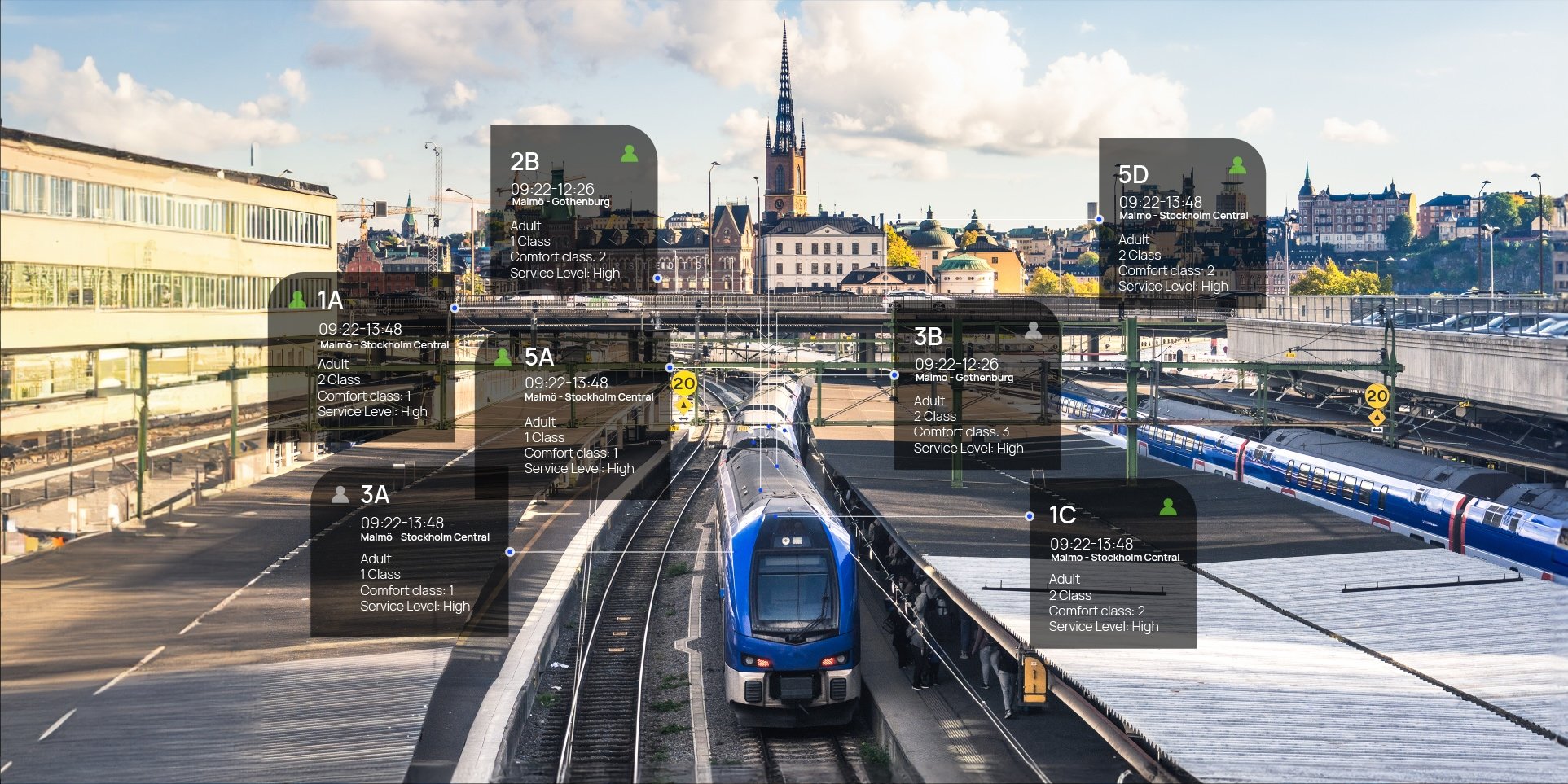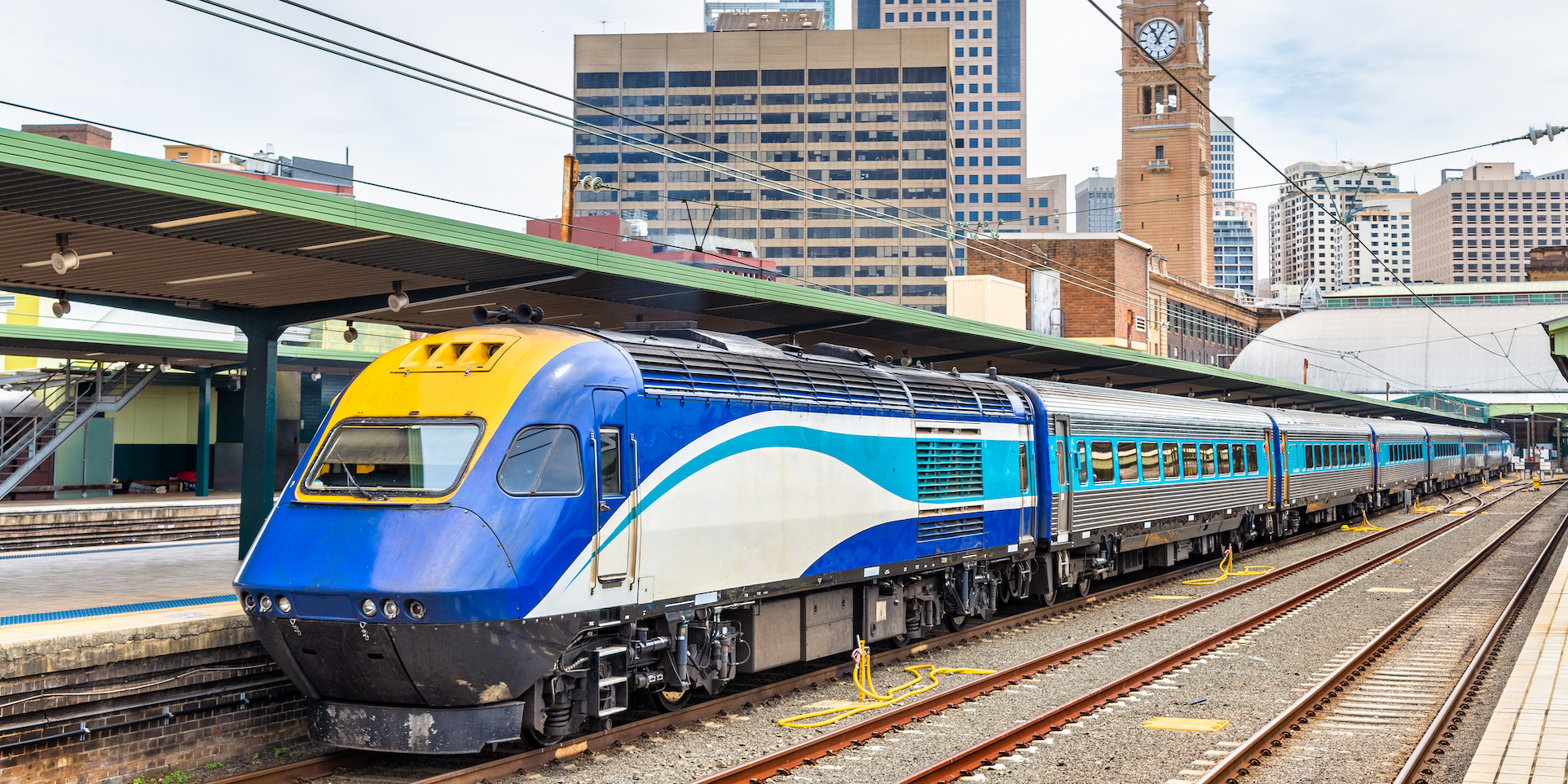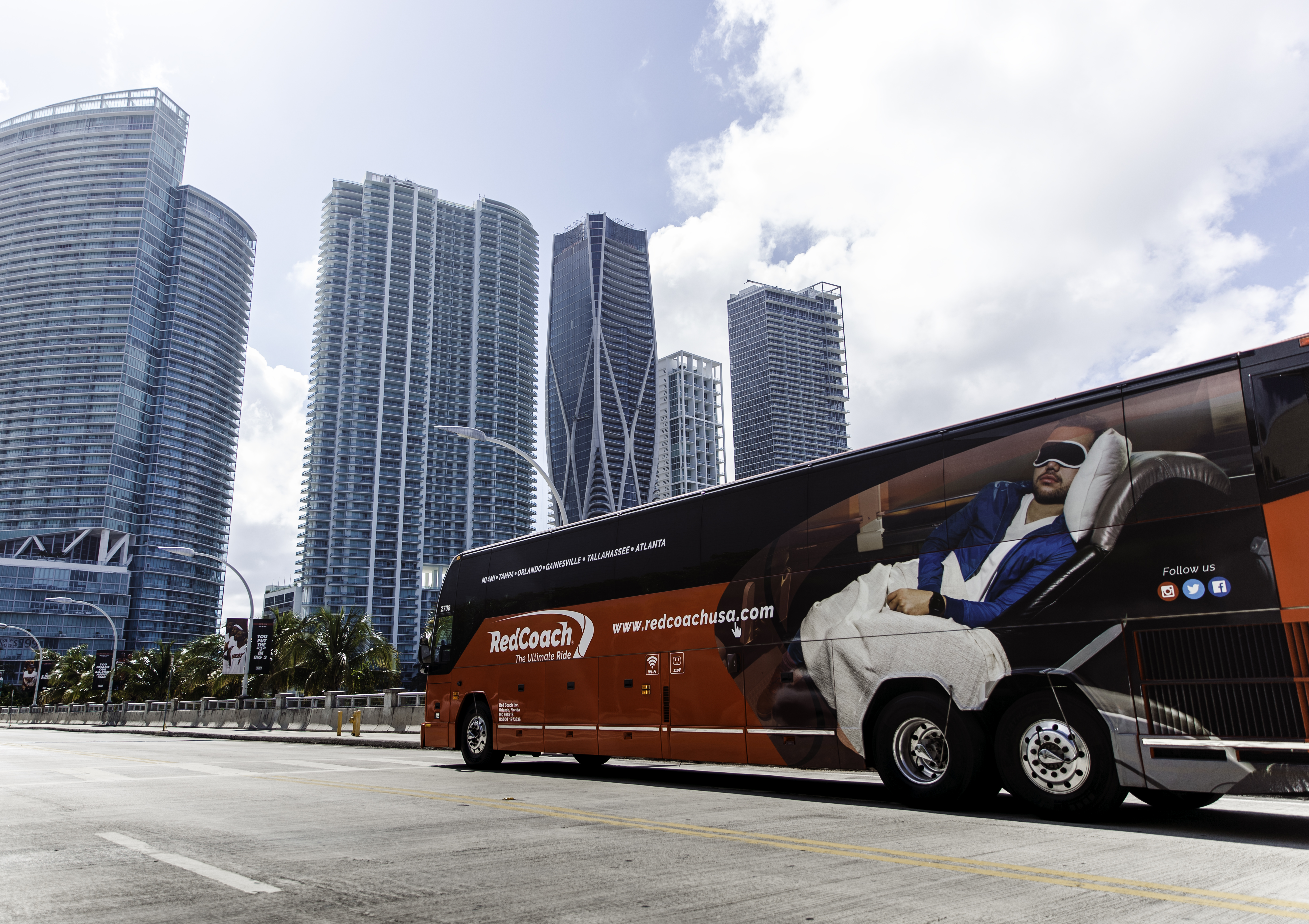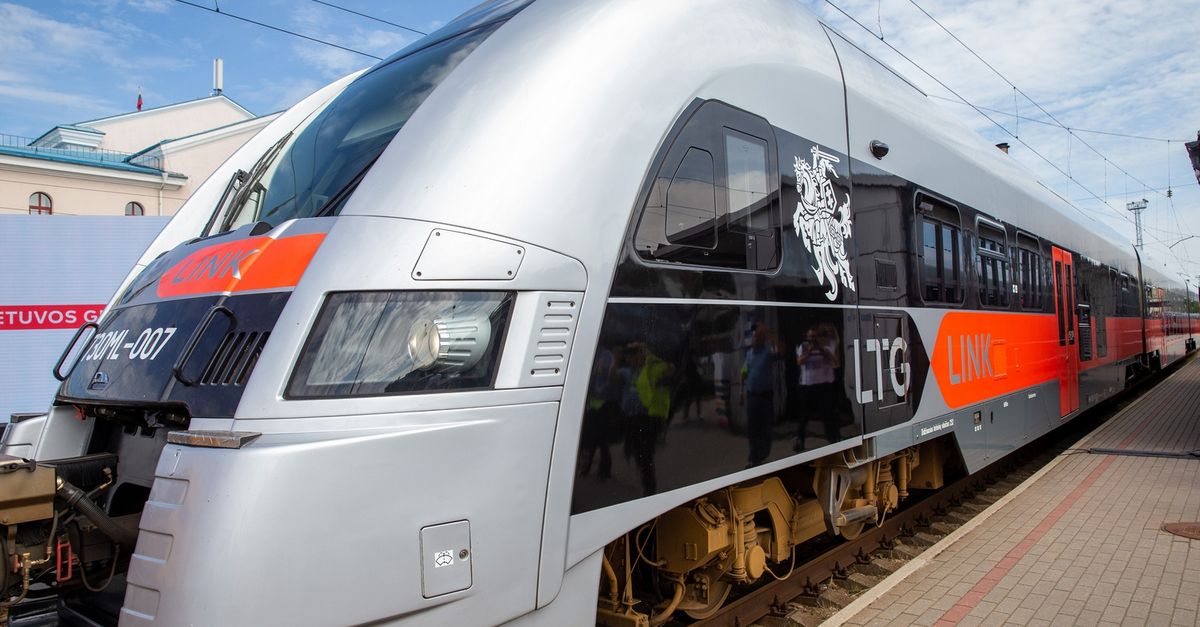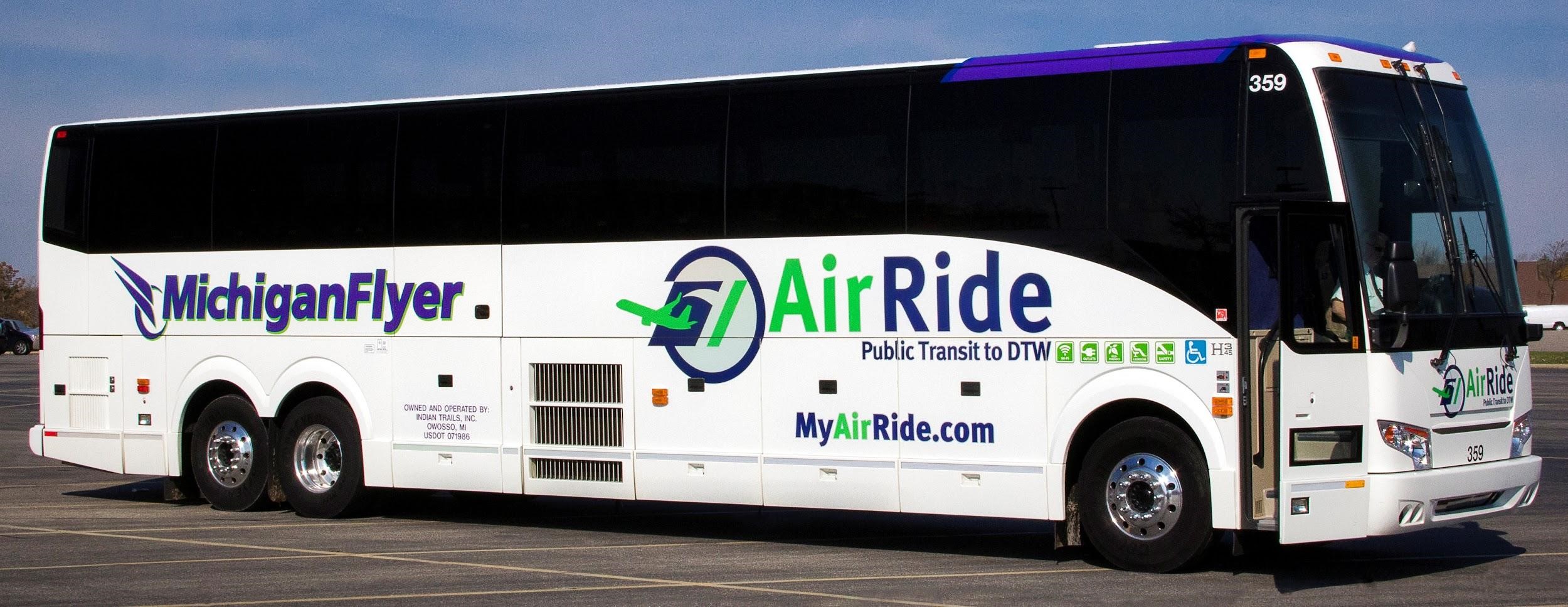10 Must-Have Features for a Modern Bus Ticket Reservation System

Thanks to the extensive interactions and trustful relationships we have with bus operators around the world, our bus ticket reservation system and roadmap is full of features bus operators need for their reservation and inventory management.
Some of them are tied to local peculiarities related to geography and legislation, others reflect innovative ways how operators strive to continuously improve their customer service.
Comprehensive list of features and requirements for the reservation systems is really long and extensive and might make focusing on the important ones quite challenging.
Thus we figured to draw up a list of features we believe any modern reservation and inventory management system should have to be capable of facing the increasing digitally-driven competition.
We decided to skip the features we think are elementary for a reservation system and focused on the ones that in our mind matter the most to maximize results and competitiveness.
1) Real-time omnichannel sales management
Let’s be honest. Passenger transport is a low margin business, which is why it is imperative for a successful operator not to miss out on any potential customer.
Thus, it’s critical that you have a real-time overview of every available seat in as wide sales network as possible. Be it web-based OTAs or a bus driver who has reached a stop in the middle of and starts selling tickets to ad hoc clients.
Real-time seat and sales management is also a prerequisite to implementing demand-based yielded pricing, which for many operators has proven to be a key factor of success.
Note: Download our case study to see how demand-based yielded pricing works for a bus company
2) Advanced fare management
Pricing depends very much on what type of long-distance travel business you do. Our experience shows that mid to large bus companies, especially the leading ones in their regions, tend to diversify their operations between long-distance, international, shuttle and commuting services.
For such operators, it is crucial for their reservation system to offer corresponding specific fare models that meet their operational business requirements.
Be it yielded dynamic pricing in competitive intercity operations, or serial travel passes for commuter/shuttle services, a modern reservation system must be able to handle those scenarios for the operator to be able to provide holistic passenger experience across their operations.
To make it simple, let’s name a few examples of modern fare management capabilities:
- Demand and/or time until departure based pricing (yield management)
- Group discounts (inc. mixed passenger segments like the family package, etc.)
- Round trip discounts
- Network pricing to offer competitive fares on interconnected journeys
- Flexible fare rules (modifications, refunds, etc.)
- Versatile, periodic, and serial ticket products
3) Advanced inventory management
Seat inventory management is dependent on the operator’s specific business model. For example, shuttle services don’t usually need specific seat inventory management. Yet for intercity operations, real-time inventory management is a must.
Assuming the operator is able to harmonize and plan their fleet in advance, it would be highly desirable to offer passengers the option to choose their specific seat on all the stop segments without compromising the availability on other segments. This way operators can maximize their seat utilization and revenue per km.
4) Modern digital marketing tools
A reservation system is a source of valuable data that a bus operator can use for marketing (with consent, of course). Without proper digital marketing tools, a bus company doesn’t exist for a modern passenger.
A long-distance bus company has to be present in most of the digital channels so that finding them will be as fast and easy as possible for the passenger of the future.
The marketing toolbox should at least include the tools for social media, campaigns, email marketing, loyalty schemes, etc. Tools that for example Flixbus is using successfully to attract millennials.
They are a characteristic of a well-made reservation system that a company can use to increase their ridership. We will go more in-depth on the digital marketing topic in an upcoming post on our blog.
5) Self-service capability
In most parts of the modern world, fewer employees equal higher cost efficiency. Thus, the more passengers can manage their travel-related aspects by themselves, the fewer employees operators need in their call-centre and support desks.
Additionally, moving towards self-service will increase customer satisfaction because they can manage their trip details whenever they want without having to deal with other people. It is a win-win situation.
Usability of self-service features needs special attention. They need to be simple, logical, and intuitive. Otherwise, it will only create confusion and in the worst case, increase the load on your support desk.
But self-service is not only related to digital sales channels. The same applies to brick-and-mortar locations. Ticket vending machines, for example, are a great way to reduce labour costs while maintaining a presence in important locations.
6) Multi-modal interconnectivity
It’s shouldn’t come as a surprise anymore that due to digital disruption in the passenger transport industry, multimodal concepts like MaaS will push intercity operators to think outside their own route network. Modern passengers expect their service provider to solve their whole journey needs.
On one hand, this requires operators to provide capabilities of their own inventory to be interconnected with other service providers in external multi-modal search engines.
Yet, for leading operators, it will also mean that they would need to be able to combine other external inventory within their own reservation system creating multi-leg and multi-ticket reservations that take into account flexible combination algorithms to provide reasonable and meaningful interconnections.
7) Business analysis capability
We believe that as a bus reservation system developer, we shouldn’t put too much effort on building highly adjustable reporting tools within our platform.
Instead, we should focus on recording the data in a fragmented, well-structured and accessible format for using it in dedicated BI tools focused for that job.
As data handled by reservation systems in the travel industry is highly relative and multi-layered, there shouldn’t be any “hacks” and “quick-fix” solutions in the database structuring (“let’s- use-this-comments-field”), resulting in clutter and in the worse case, wrong analysis results for decision-making.
8) Rich and well-documented APIs for integration
There’s a great saying that “No man is an island”. The same goes for digitally-minded operators and their reservation systems.
To offer a future-oriented booking experience, a bus reservation system must be able to integrate with other external systems. Be it giving available seats to third parties to sell, or integrating with other business critical systems like fleet management, ERP, registers, social media, etc.
To avoid complexity and hassle, the modern way would be to use a well-structured database schema and service-oriented architecture. And of course, a clearly documented API for those services to be integrated.
9) Real-time passenger information
Modern bus reservation systems are not only meant for booking. They should be able to handle the whole customer experience process of their trip.
This includes the ability to see the location of the bus in a given moment and receiving notifications when the bus deviates from the planned schedule. All the information should be available for the passenger through the website or an app.
Also, the reservation system has to be capable of giving information about roadworks and other planned or unplanned operational changes. No modern passenger accepts being in an information blackout.
10) On-board check-in
It may sound as a surprise but there are still places where passengers must go to the bus station or agencies to redeem tickets they bought online.
A modern reservation system should enable drivers to accept electronic tickets with an as short pre-purchase period as possible. Ideally, the passenger could arrive at the bus stop 10 minutes before the bus arrives, buy a ticket with a numbered seat from their smartphone, and upon arrival, the driver already knows that there’s a passenger waiting to board.
This feature is especially important when taking into account the growing trend of on-demand transport and its effect on passengers expectations to be picked up close to their location.
It is quite realistic that long-distance operators will be adding considerably more flexible demand-driven pickup and drop-off points where the bus will stop only if a passenger has purchased their ticket in advance. This requires drivers to have constant, real-time overview of their dynamically changing passenger manifest.
Lastly, a clear understanding of the status of passenger manifest allows drivers to reuse seats left by no-show passengers. Modern reservation system can free those seats automatically for other passengers to book for up-coming route segments.
11) (Bonus feature) A provider with continuous product development
All the previous points are worth nothing if the bus reservation system vendor doesn’t provide continuous and future-oriented product development to avoid becoming a legacy system.
Although not a rule, this usually renders custom built software out of competition and makes vertical-specific vendors with reputable client portfolio more competitive. A perfect example of this is the airline industry, where custom-built reservation systems ceased to exist years ago.


